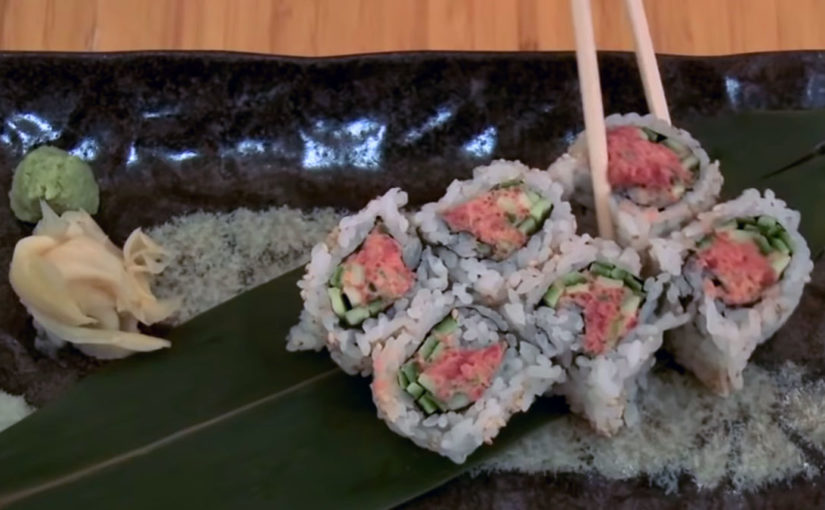The Shinkansen (新幹線, new main line), also known as the bullet train, is a network of high-speed railway lines in Japan operated by four Japan Railways Group companies. The popular English name bullet train is a literal translation of the Japanese term dangan ressha (弾丸列車), a nickname given to the project while it was initially being discussed in the 1930s.
The TÅhoku Shinkansen (æ±åŒ—新幹線) is a Japanese high-speed Shinkansen rail line, connecting Tokyo with Aomori in Aomori Prefecture for a total length of 674 km, Japan’s longest Shinkansen line. [On] December 4, 2010 the extension from Hachinohe to Shin-Aomori opens.
Aomori (é’森市, Aomori-shi) is the capital city of Aomori Prefecture, in the northern TÅhoku region of Japan. Aomori literally means blue forest. The name is generally considered to refer to a small forest on a hill which existed near the town.
